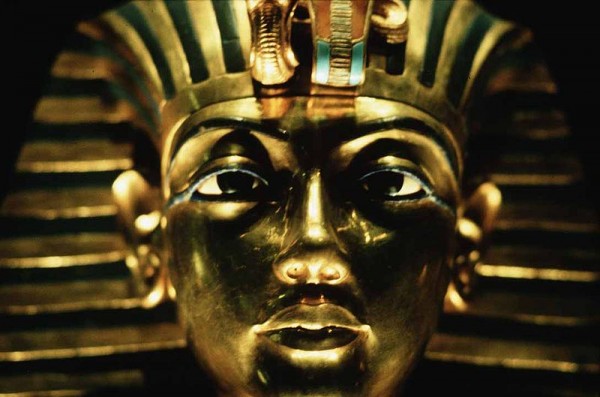
Indeed, some things are not what they appear. A perfect example is King Tut, who looked amazingly powerful in that glistening gold mask when he was first discovered many years ago in the Valley of the Kings.
However, a virtual autopsy paints a different picture: his body is filled with many telltale signs of frailty, perhaps as a result of inbreeding.
King Tut, or Tutangkhamun, will be the subject of a forthcoming documentary of BBC aptly called Tutankhamun: The Truth Uncovered. The highlight of it will be a 3D image showing how the pharaoh may have looked like before he died.
Using more than 15,000 of scanned images, especially on the mummy, the researchers were able to confirm some of the previous findings about his physical condition. First, he definitely suffered from a clubbed foot, which may explain why there are more than a hundred of walking sticks in the tomb. He had also worn an Orthopedic sandal, most probably as a way to reduce limping.
He also developed Kohler's disease, a very rare bone disorder affecting the navicular bone of the foot, causing swelling and limping. It often occurs among young boys like the king.
All these already debunked the common theory that the king may have died during a chariot crash. Scientists also mentioned that the mummy only showed one fracture, which can be found above his knees. The virtual autopsy also showed that King Tut had bucked teeth and "girlish" hips.
The king, who died when he was around 19, also suffered from a potentially terrible bout of malaria, which may have played a role in his demise, especially since his body was already frail to begin with.
In 2010, a team of researchers conducted an in-depth genetic study of his direct lineage up to fifth-degree generation. They discovered that his parents may actually be siblings, which may have led to his physical deformities.
King Tut, who was married to who many believed to be his cousin or sister, was one of the rulers of the New Kingdom, which he served for 10 years until his death.

